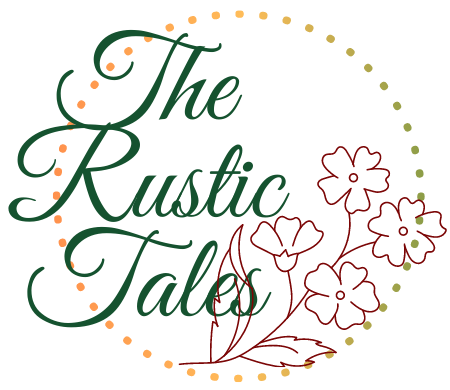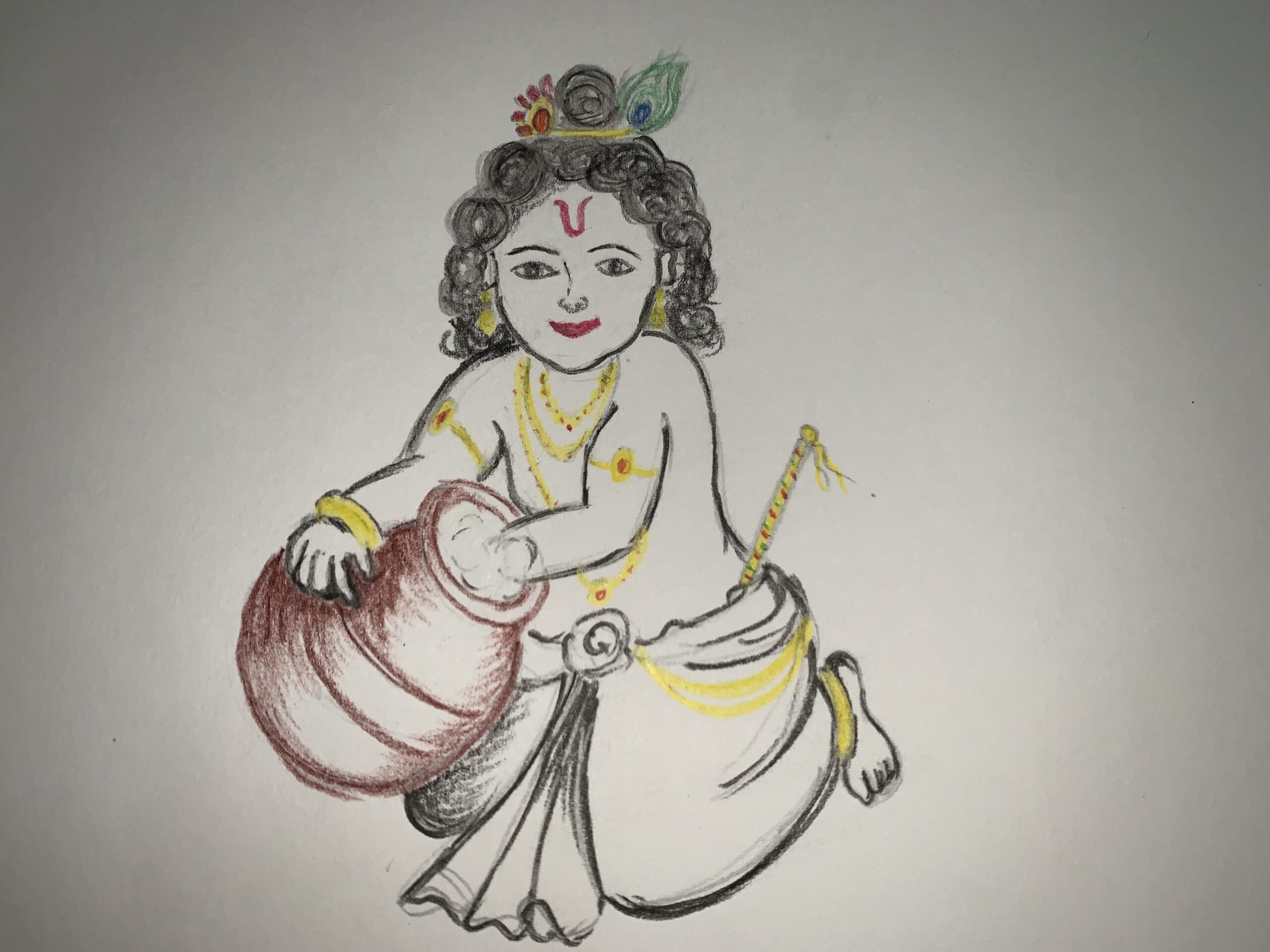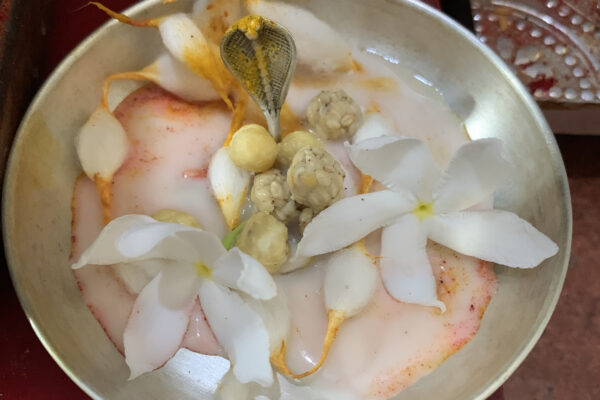India! When you hear the name, what comes to your mind? To me it is the rich culture and heritage, the marvelous architecture, the amalgamation of different tradition in other words vibrancy. Equally important are the festivals of India. They depict the richness in culture of India, the diversity and yet the unification. India has lot many festivals either based on religion, or a particular state, or a particular culture and one of the most popular amongst them is Krishna Janmashtami.
The stories behind these are equally mesmerizing as they indulge one so much into them, that one can experience a new world altogether. Read along to know about Krishna Janmashtami and its celebrations across India
KRISHNA JANMASHTAMI
Krishna Janmashtami, this one festival is able to make the entire India indulge into joy and happiness, into dance and celebration. One verse “Nand Ghar Anand Bhayo…Jai Kanhaiya Lal Ki” (“With the arrival of the God Krishna, there is happiness in Nand’s House… Hail Lord Krishna”)
Janmashtami is the festival celebrating the birth of the 8th incarnation of Lord Vishnu, the mischievous Lord Krishna. Well known as Gokulashtami or Gokula Ashtami, Sri Krishna Jayanti or Sri Jayanti.
THE SIGNIFICANCE OF KRISHNA JANMASHTAMI
Whenever there is erosion of Dharma, Lord himself reincarnates and takes birth on the earth. One can realize God through Dharma. But when Dharma loses its strength, one realizes the same through the assistance of God.
Lord Krishna is the 8th incarnation of Lord Vishnu, who took birth on the earth to restore the balance of right and wrong. On the auspicious day of Ashtami in the month of Shravana, as per the Hindu calendar, the birth of Lord Krishna took place exactly at midnight. To commemorate, the birth of the God, people of India celebrate Krishna Janmashtami
The question is why of all the ten incarnations of Lord Vishnu, Lord Krishna is so much celebrated. One can very prominently see the elaborate festivities, the enthusiasm, the nationwide celebrations, in case of Janmashtami.
IMPORTANCE IN OUR DAY TO DAY LIFE
Prof. Kirtinath Kurtkoti, in his book “Uriya Nalage”, has very wonderfully described some aspects related to Lord Krishna. Of what I got to understand through it, I will be sharing here. Every religion there has to be a leader, a leader, whom people seek solutions to their problems, a leader who provides spiritual solace.
Lord Krishna is more relatable to the mankind. HE exemplifies the objective nature of Dharma, morality. The prominent characteristics of Krishna’s personality is his gratitude. Krishna can create his own morality. When the restrictions posed by morality reaches a level where it starts to suffocate life, we need Krishna. Lord Rama’s actions should be imitated but Krishna’s preaching should be followed. All of Krishna’s leela are of the other world. One is drawn to HIS Love escapades as they are forbidden.
The life of Lord Krishna shows both the rural culture of Gokul as well as the urban civilization of Mathura. Above all the intentional objectives of all the previous incarnations of Lord Vishnu can be seen re-endorsed and re-planted in the story of Krishna’s incarnation. He confronts even the political problems which human beings too face. According to Bhagavat, Krishna is not the incarnation of God, but himself is God
THE MYTHOLOGY
As per the legends, Lord Krishna was born to Devaki and Vasudev. Kansa (Kamsa), was the brother of Devaki, who imprisoned his own father and took over the reins of Vrishni Kingdom. He was a tyrant ruler and considered as the rebirth of demon in human form. As per the prophecy, Kansa believes that the eighth son of his sister, would bring an end to his tyranny. Moreover, the child would mark his end. Afraid of this, Kansa had imprisoned his sister and her husband Devaki and Vasudeva. Of the seven sons born to Devaki, Kansa killed all the children.
When Krishna was born, Vasudeva took Krishna to Gokul, where he was brought up by his foster parents Nand and Yashoda. Krishna lived in Gokul through his childhood as a cowherd, only to move to Mathura later where he killed his maternal uncle Kansa. Mythology says that when Krishna was born, the heavens helped Vasudeva, in carrying the little Krishna to Gokul amidst heavy rain crossing rivers.
CELEBRATIONS OF KRISHNA JANMASHTAMI ACROSS INDIA
Different states of India have adopted different ways of celebrating Janmashtami. Some celebrate the mischievous form of Lord Krishna whereas some celebrate Lord Krishna in his adolescence, yet some celebrate the lover phase of Lord Krishna. Though popular amongst the Vaishnava sect and celebrated with much pomp and gaiety in the cities of Mathura and Vrindavan, other parts of India show equal enthusiasm.
People dress up their kids as Child form of Lord Krishna or as Radha. One can see cute and adorable little Krishna and Radha on the day of Janmashtami.
Maharashtra
Maharashtra celebrates the birth of Lord Krishna as Gokulashtami. Celebrations of the joyful innocence of a child is and most importantly the organising of “Dahi-Handi” is a part of celebrations.
As the story goes, young Krishna loved and enjoyed eating “makhan” (Butter), Dahi (Yogurt) and other milk products.
Krishna always found ways to steal the milk products and to hide it from him, the women folk used to tie the earthen pots containing the butter high up the ceilings. Lord Krishna with his fellow friends (Govinda) were found of forming human pyramids, climbing up the pyramid and steals the butter. It occurs naturally to us that the Lord himself is forming and climbing pyramids however, to imagine a child doing the same leaves us in awe.
In Maharashtra, this incident of Krishna’s childhood is cherished. Firstly, the Young boys form human pyramids. Then one of the Govinda climbs on the Pyramid and tries to break the pots hanging high. At that instance, the girls encourage them by spraying color and water. This tradition continues even today, and groups of govindas take part in the Dahi-Handi competitions. The pots usually contain dahi and milk and the content and on broking of pot is given as prasadam.
What fascinates me is the fact that although we are celebrating the birth of Lord we still can correlate to one of the incidents of child Krishna as a part of our routine life and yet celebrate the naughtiness.
Gujarat
Popularly known in this region as “kanudo” or “laalji”, the crawling idol of Lord Krishna is all dressed up. Some parts of Gujarat also go for the “Makhan-Handi” similar to the Dahi Handi of Maharashtra.
Kutch
Kutch region, celebrates Janmashtami by decorating bullock carts and carrying out processions, singing and dancing to the folk lore describing the birth of Lord Krishna. People observe fast, and celebrate “Hindola” (Cradle) where swinging of Little Krishna in cradle along with singing lullaby. It is the midnight when actual celebrations begin to mark the birth of Lord Krishna. A special prasad called “Panjiri” is made as offering.
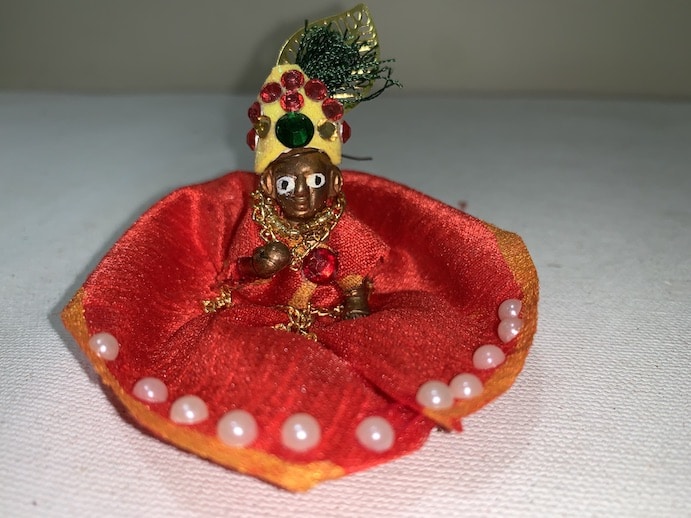
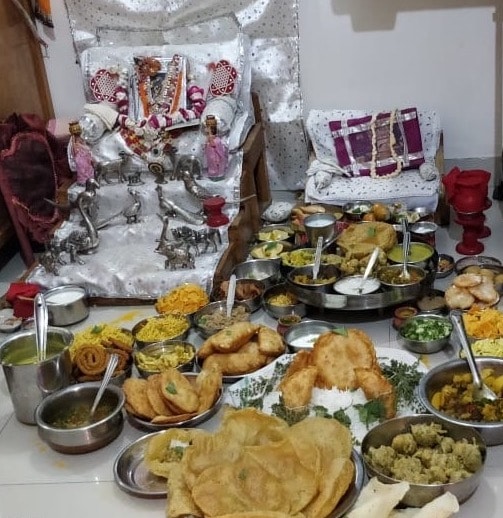
North India
In Northern parts of India, Janmashtami celebrations occur as “jagrans”. during this time people fast and stay awake the whole night singing Bhajans. “Raasleela” a dance form is a part of celebrations of Janmashtami. Mythology says that Lord Krishna used to dance with Radha and other Gopikas, reflecting the romantic love.
Krishna is may be the only God in Hindu Mythology who people worship in almost all the stages of life. It may be as the child in western parts of India or as the adolescent in Northern parts of India.
Vrindavan
In Vrindavan the festivities begin 10 days before the actual day. Performance of Raasleelas and plays based on the events of Krishna’s life begins. Abhishek (bathing) of the idol is a grand event.
Mathura
Mathura the birthplace of God celebrates Janmashtami in form of Jhulanotsov (swinging of baby Krishna in cradle) and Ghatas (Decorations of temples and clothes of lord with a particular color).
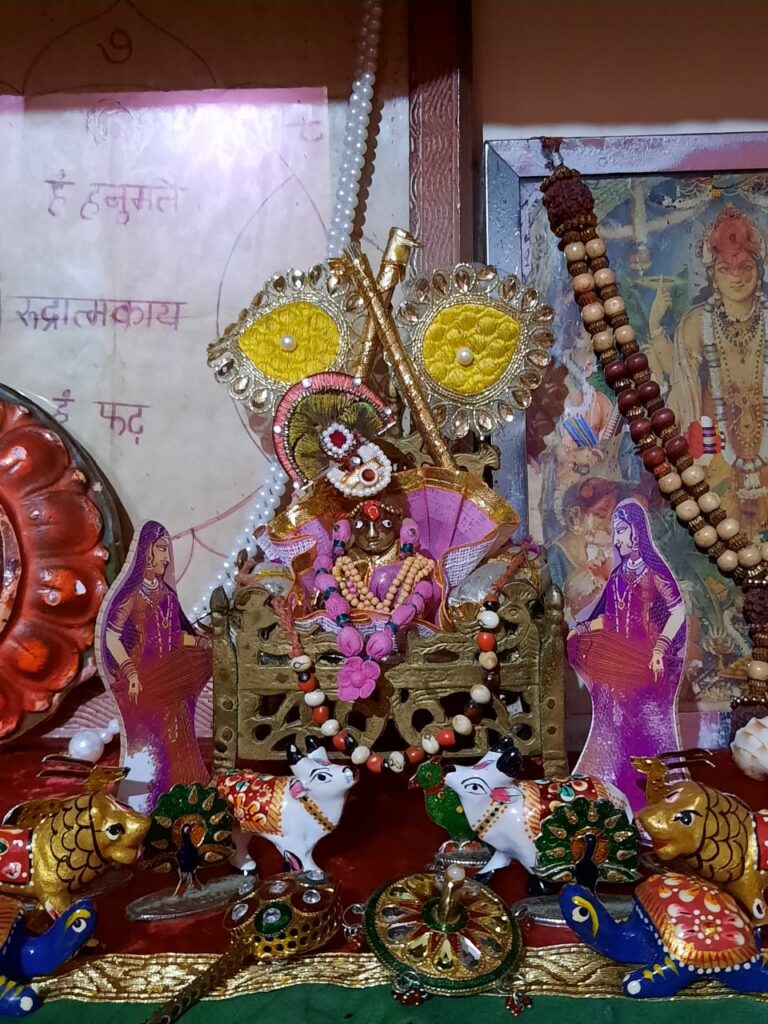
In Jammu, people fly kites from their rooftops as a part of, Janmashtami festivities.
In North East, people celebrate Janmashtami by dancing and singing. Various dance forms such as Borgeet, Ankit Naat, Sattriya and Bhakti Yoga are mainly performed
Eastern India
Well known as Sri Krishna Jayanti or Sri Jayanti in West Bengal and Odhisha. People visit temples and sing devotion songs on this day.
Special jhakis (Tableau) showing various phases of Lord Krishna’s life and special bhog (offering) is a part of celebrations for the people of Odisha.
Witnessing the celebrations at the famous temple of Jagannath Puri is a once in a lifetime experience. On this day temple prepares Jeuda Bhog. A popular belief says that Jeuda Bhog eases labour pain and hence it is an offering to the deity before the birth of Lord Krishna.
South India
In Tamil Nadu women decorates the front of their houses with “Kolam” made using rice batter. Drawings of small footprints is there. These small footprints represents the foot of Krishna entering the Puja rooms marking the birth of the Lord. Offering of Unni appam, Paal payasam, sweet seedai, murukku, Aval along with variety of fruits, butter and curd to the lord and distributing the same as prasadam is a part of celebrations
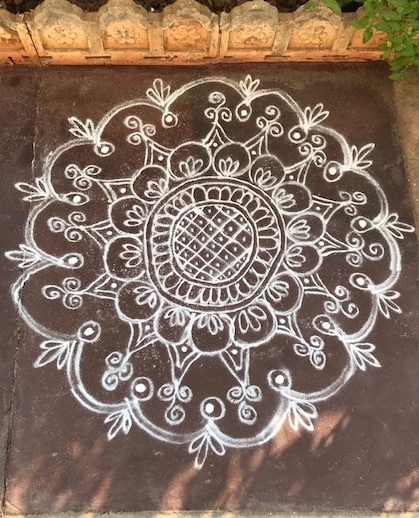
In Andhra Pradesh, Kids dress up as Lord Krishna and visit the neighborhood. Neighbors offers sweet delicacies and fruits to kids.
Karnataka
Karnataka, particularly North Karnataka, celebrate the festival as Gokula Ashtami. On the previous day the clay models exhibiting the city of Gokul at the time of birth of Lord Krishna are made and worshiped. People observe fasting. Sweets such as “Ladki unde” (Peanut Laddu), “Antina unde” (dry fruits and edible gum laddu) are specially made along with other sweets and fruits which are offered to the Lord as “Nievedhiyam”.
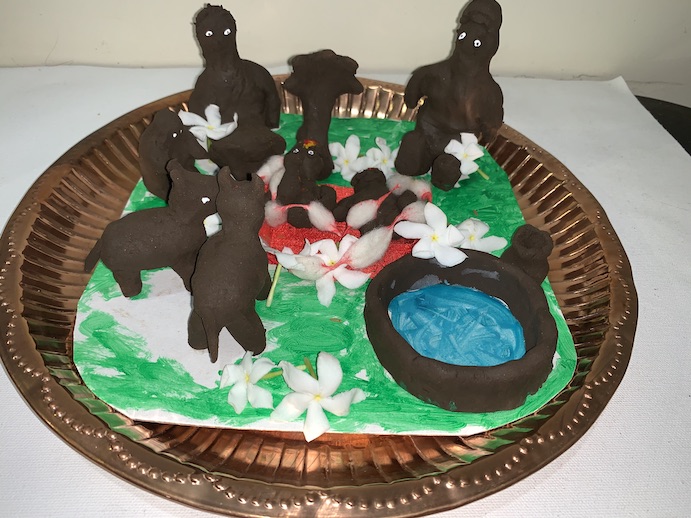
Janmashtami, is indeed one of the major festivals of India which is celebrated with fervor. If you love traveling, do plan your visits to different parts of India in the month of August-September to enjoy and experience a new way of celebrating Krishna Janmashtami. Do share your story about this festival and the way of celebrations…
Wishing everyone a Happy Janmashtami… “Nand Ghar Anand Bhayo..Jai Kanhaiya Lal Ki”
